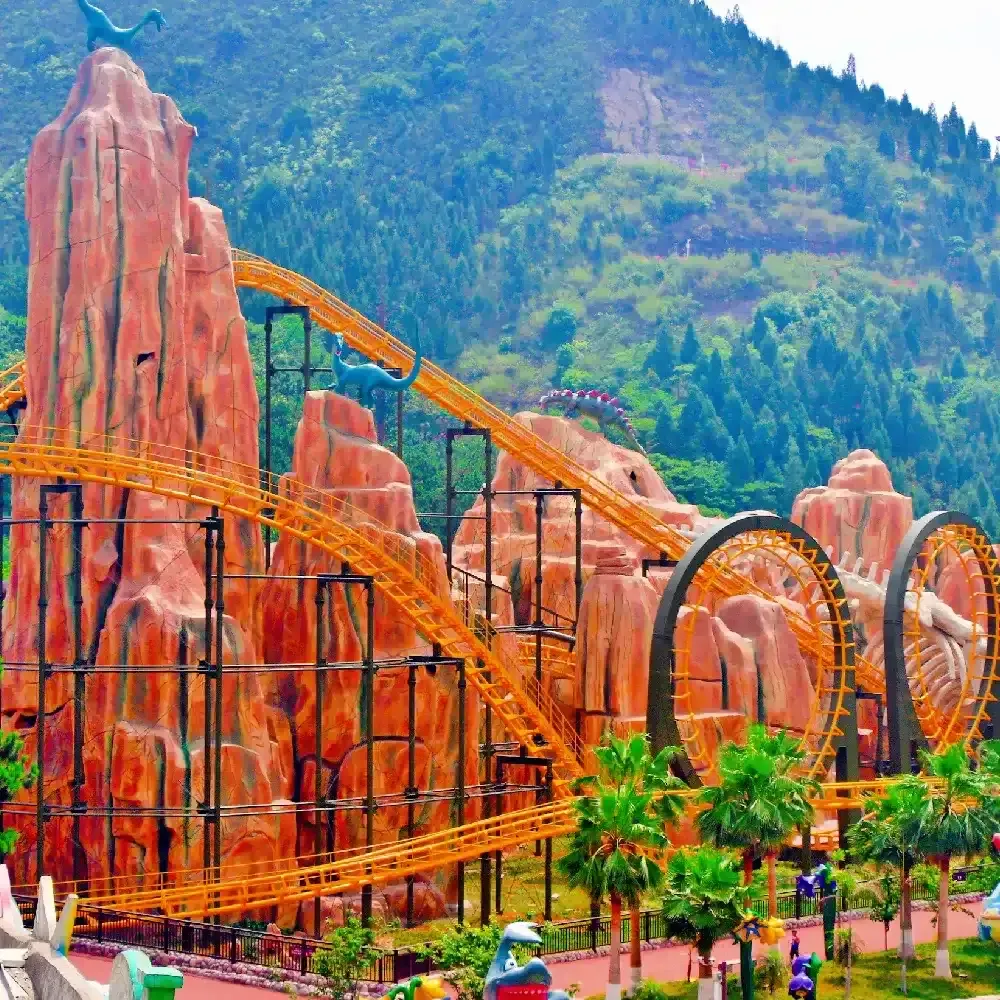- Albanian
- Arabic
- Belarusian
- Bengali
- Czech
- English
- French
- German
- Hebrew
- Hungarian
- Indonesian
- irish
- Italian
- Japanese
- kazakh
- Persian
- Russian
- Thai
- Uzbek
- Vietnamese
Jul . 10, 2024 20:27
Back to list
Creating a thrilling rollercoaster layout for an exciting amusement park experience.
Rollercoaster Design
Rollercoasters have been a popular attraction at amusement parks around the world for decades. The thrill of speeding through twists and turns, experiencing drops and inversions, and feeling the rush of adrenaline is what draws millions of people to ride these gravity-defying machines. But have you ever stopped to think about the design process behind these thrilling rides?
Building a rollercoaster is a complex process that requires careful planning, engineering, and design. The first step in designing a rollercoaster is to come up with a concept. This involves brainstorming ideas for the layout, theme, and overall experience of the ride. Designers must consider factors such as the target audience, the location of the park, and any height or speed restrictions.
Once a concept has been chosen, the design team begins creating a detailed plan for the rollercoaster. This includes mapping out the track layout, determining the height and speed of the ride, and calculating the forces that riders will experience. Safety is a top priority during this phase, as designers must ensure that the rollercoaster meets all necessary safety regulations.
Next, the design team creates a scale model of the rollercoaster to visualize how it will look and feel. This allows them to make any necessary adjustments to the design before construction begins

rollercoaster design. Computer-aided design (CAD) software is often used to create precise blueprints and simulations of the ride. Once the design has been finalized, construction of the rollercoaster can begin. This involves building the support structure, installing the track, and testing the ride to ensure it meets safety standards. The process can take months or even years to complete, depending on the size and complexity of the rollercoaster. Throughout the design and construction process, engineers work closely with designers to ensure that the rollercoaster functions as intended. They use physics principles to calculate the forces that riders will experience, such as g-forces, acceleration, and velocity. By understanding the science behind rollercoaster design, engineers can create a thrilling yet safe ride for park guests. In conclusion, rollercoaster design is a fascinating and complex process that requires a combination of creativity, engineering expertise, and attention to detail. From concept to construction, designers and engineers work together to create some of the most exhilarating rides in the world. The next time you board a rollercoaster, take a moment to appreciate the careful planning and ingenuity that went into its design.

rollercoaster design. Computer-aided design (CAD) software is often used to create precise blueprints and simulations of the ride. Once the design has been finalized, construction of the rollercoaster can begin. This involves building the support structure, installing the track, and testing the ride to ensure it meets safety standards. The process can take months or even years to complete, depending on the size and complexity of the rollercoaster. Throughout the design and construction process, engineers work closely with designers to ensure that the rollercoaster functions as intended. They use physics principles to calculate the forces that riders will experience, such as g-forces, acceleration, and velocity. By understanding the science behind rollercoaster design, engineers can create a thrilling yet safe ride for park guests. In conclusion, rollercoaster design is a fascinating and complex process that requires a combination of creativity, engineering expertise, and attention to detail. From concept to construction, designers and engineers work together to create some of the most exhilarating rides in the world. The next time you board a rollercoaster, take a moment to appreciate the careful planning and ingenuity that went into its design.
Latest news
-
Flume Ride-Hebei Zhipao Amusement Equipment Manufacturing Co., Ltd.|Thrilling Water Attraction&NIST Safety StandardsAug.01,2025
-
Double Ferris Wheel Sale | Premium Custom RidesJul.31,2025
-
Flume Ride-Hebei Zhipao|Water-Based Attraction, Safety Standards, High-Speed DescentJul.31,2025
-
Flume Ride: Thrilling Water-Based Adventure & Advanced Engineering - Hebei ZhipaoJul.31,2025
-
Flume Ride-Hebei Zhipao Amusement Equipment Manufacturing Co., Ltd.|Thrilling Water Attraction&Customizable DesignJul.30,2025
-
Flume Ride - Hebei Zhipao Amusement Equipment | Water Coaster, Thrilling DescentJul.30,2025
